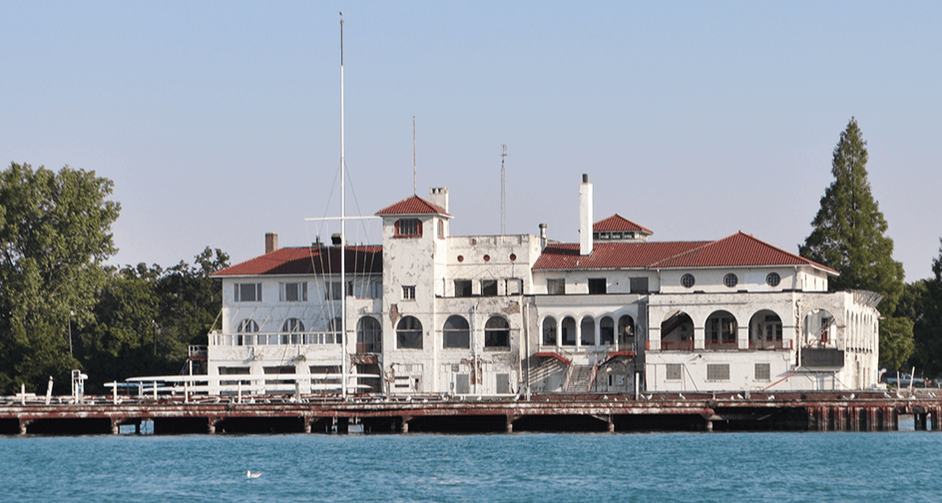 NTH is experienced in the assessment and restoration of historical structures and in the adaptive re-use of former wharfs, piers and docks on and near Belle Isle in Detroit including the Detroit Boat House on Belle Isle.
NTH is experienced in the assessment and restoration of historical structures and in the adaptive re-use of former wharfs, piers and docks on and near Belle Isle in Detroit including the Detroit Boat House on Belle Isle. In addition, just outside of Belle Isle, NTH performed a condition assessment of the Edison Boat Club in 2015 to identify the capital funding needed to bring the existing facility and appurtenant structures up to current design codes and standards.
NTH has also worked directly on Belle Isle over the years. Some of those projects include:
The Detroit Boat Club: Detroit Boat Club is a well-known landmark located just east of the bridge on Belle Isle in Detroit, Michigan. In 1991, NTH was retained by the City of Detroit Recreation Department to perform a condition survey of the facility. The investigation and recommendations addressed the building, its foundations, the attendant structures on shore and the dock system that existed at the time. In 1996, NTH was again retained to assess the current state of the structure and compare it to the 1991 study. This assessment included roof framing and sheathing, asbestos, lead based paint and the pile foundations.
The Belle Isle Aquarium and Conservatory: While not directly on the waterfront, NTH was retained to provide a building envelope evaluation of these structures due to our experience in the area. NTH conducted a detailed investigation of structural members to identify evidence of physical deterioration and loss of structural capacity. Our professionals obtained representative samples of structural members for laboratory analysis of yield strength, ultimate strength, and elongation of the structural steel. We also analyzed samples of protective paint coatings on structural members, through atomic absorption spectroscopy, to identify lead content. Finally, NTH performed an evaluation of exterior masonry walls and glass/glazing systems to document conditions of physical distress, deterioration, and suitability for future rehabilitation and prepared a detailed report to document existing conditions for each facility, and included recommendations for long-term restoration of the structural and facade systems.
Belle Isle Intake Dike Inspection: NTH performed dive and above water inspections of the shoreline protection systems at the Belle Isle Intake and the design of repair and restoration measures.
Belle Isle Shoreline Restoration: NTH provided analysis and design of a shoreline protection system for an eroding portion of the shoreline at the west end of the island.
Our experience with analysis of numerous shoreline systems and with investigating and repairing failed shorelines and shoreline structures affords NTH a unique perspective that allows us to quickly ascertain the critical project elements and pursue appropriate solutions. If you have a waterfront project that requires consultation with industry experts, let us know how we can help.

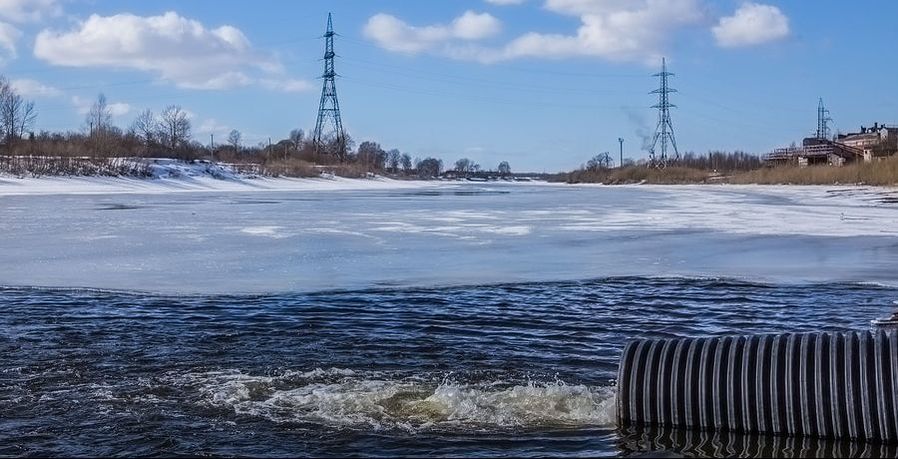
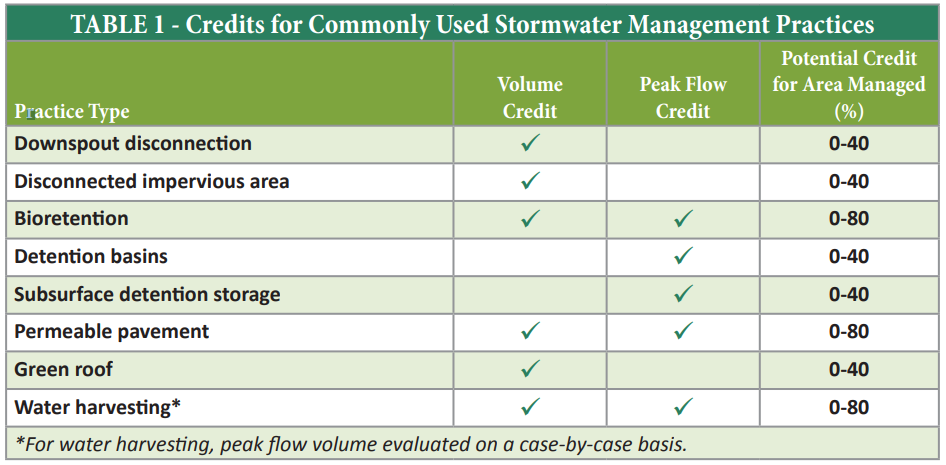
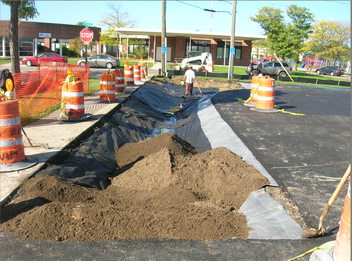
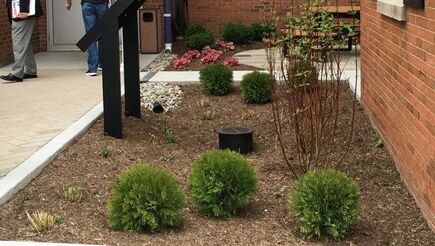

 RSS Feed
RSS Feed